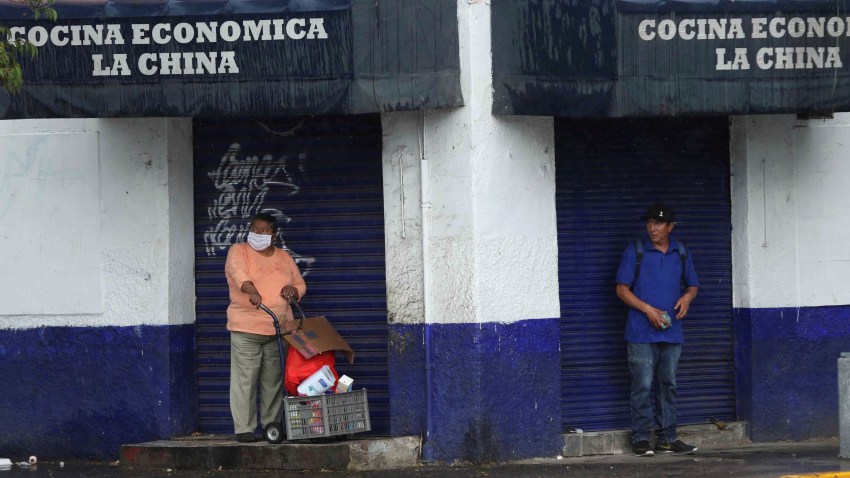Over the past two decades, as China’s breakneck economic growth turned it into the engine of the global economy, Beijing became an increasingly powerful player in Latin America. It displaced the United States, long the top trading partner in South America, allowing Beijing to strengthen its political and diplomatic influence in the region.
But now, China’s growth has suddenly slowed, creating significant economic consequences for Latin America—and opportunities for the U.S. not only to restore its primacy in trade but to undercut Beijing’s uncritical support for governments with authoritarian tendencies.
Beijing’s emergence as an economic force in the region was dramatic. In 2000, Latin American exports to China didn’t even reach 2 percent of the region’s total exports. But after that, trade started expanding at an astonishing rate, growing by more than 30 percent each year and propelling an economic boom across the region. South America, in particular, fed China’s insatiable appetite for raw materials, fueling its commodity-exporting economies and making possible the success of the so-called Pink Tide. Flush with money, leftist governments in Venezuela, Brazil, Argentina, Ecuador and Bolivia expanded social services and helped lift millions out of poverty.

